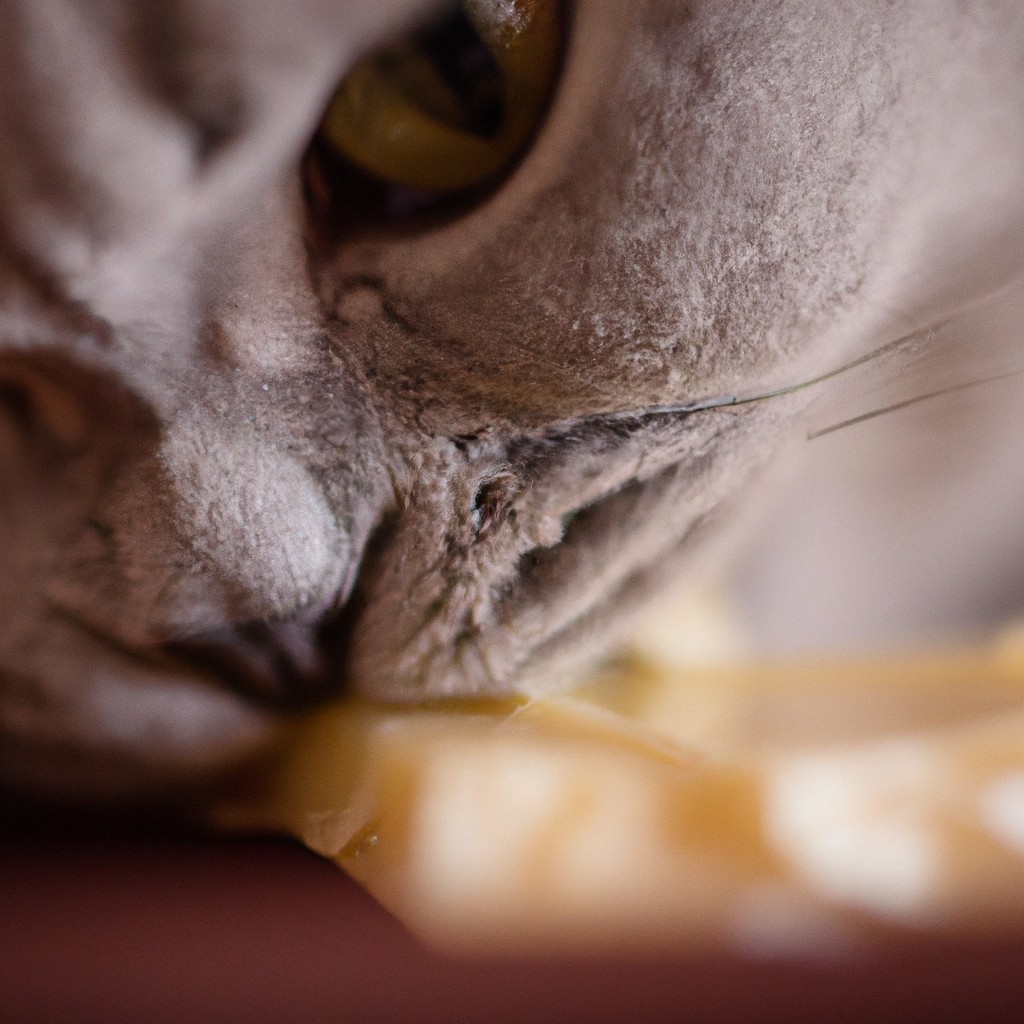This article explains which animals can safely eat chocolate and the risks associated with those that cannot.
Key takeaways:
- Dogs and cats are highly sensitive to theobromine in chocolate.
- Pigs can handle moderate amounts of chocolate due to their efficient metabolism.
- Horses and birds are also sensitive to theobromine in chocolate.
- The type of chocolate and the size and health of the animal influence theobromine toxicity.
- It’s crucial for pet owners to keep chocolate out of reach of their pets.
Inside
Overview of Theobromine and Its Effects On Animals

Theobromine, a compound found in chocolate, is similar to caffeine and predominantly affects the central nervous system and heart rate of animals. Though humans handle this compound well, many animals cannot metabolize it effectively.
This compound can lead to various symptoms in animals, ranging from mild restlessness to severe, life-threatening conditions such as heart failure, seizures, and internal bleeding. The severity of the symptoms often depends on the amount of chocolate consumed and the animal’s size. Generally, the darker and purer the chocolate, the higher the risk, since darker chocolates contain more theobromine.
It’s crucial for pet owners to recognize these risks and keep chocolate safely out of reach from their pets. Ensure curious pets, especially dogs known for their scavenging habits, are monitored around chocolate products.
Animals That Can Safely Consume Chocolate
Pigs have a unique resilience to theobromine, making them one of the few animals that can handle chocolate in moderate amounts. Unlike dogs and cats, their digestive systems can metabolize theobromine more efficiently, reducing the risk of poisoning. This doesn’t mean pigs should have free access to chocolate treats, as excessive consumption can still lead to health issues. Always consider the type of chocolate and the individual health condition of the animal before offering chocolate as a treat.
Pigs As an Exception
Pigs exhibit a surprising tolerance to chocolate, primarily because their metabolism processes theobromine more efficiently than many other animals. This resistance allows them to eat chocolate in quantities that would be hazardous to pets like dogs and cats.
The key to this tolerance lies in the pig’s liver function, which breaks down toxins faster and more effectively. As omnivores, pigs have evolved to digest a varied diet, equipping them with the ability to handle different substances, including theobromine.
However, despite their ability to consume chocolate, it’s essential to moderate their intake. Feeding pigs chocolate occasionally as a small treat is fine, but it shouldn’t replace their regular balanced diet to maintain their health.
Comparison With Animals Sensitive to Chocolate
Dogs and cats are especially vulnerable to theobromine poisoning. Even small amounts of chocolate can cause serious health issues like vomiting, diarrhea, rapid breathing, increased heart rate, and seizures in these pets. Their bodies process theobromine much slower than humans, leading to toxic accumulation.
Horses, though larger, also display sensitivity to theobromine. Symptoms in horses include gastrointestinal distress and potentially heart issues when exposed to moderate amounts of chocolate.
Birds, due to their small size and unique metabolism, are highly sensitive to theobromine as well. Exposure can lead to cardiac complications, and in severe cases, death.
Understanding these sensitivities helps highlight the idiosyncrasies of animal diets and underscores the importance of adhering to species-specific feeding guidelines to maintain animal health.
Factors Influencing Theobromine Toxicity
The type of chocolate is a major determinant of theobromine levels, with dark chocolate containing significantly more than milk chocolate. This means a smaller amount of dark chocolate can be more harmful than a larger quantity of milk chocolate.
The size and health of an animal also play critical roles. Smaller animals are more at risk due to their lower capacity to metabolize theobromine efficiently. Similarly, animals with pre-existing health issues, especially related to the heart or kidneys, are more vulnerable to the adverse effects of chocolate.
It’s important to consider these factors together when evaluating the risk chocolate poses to an animal, as the impact can vary widely based on these characteristics.




